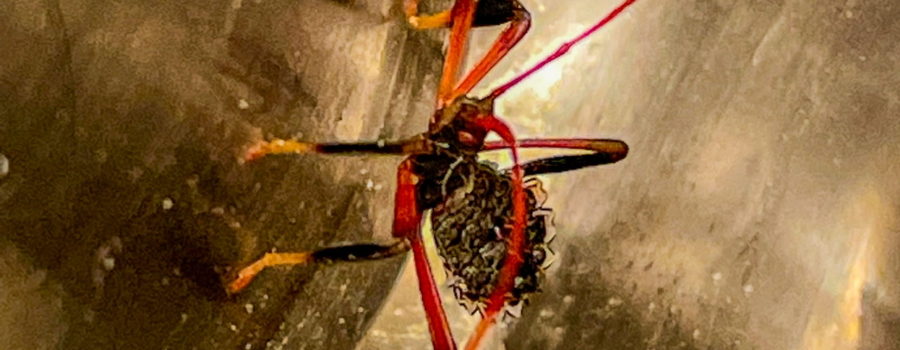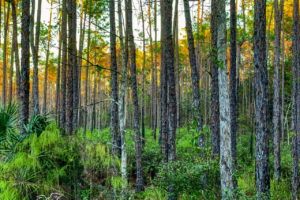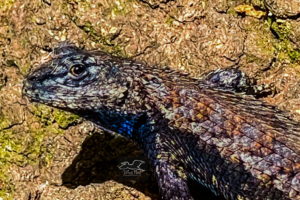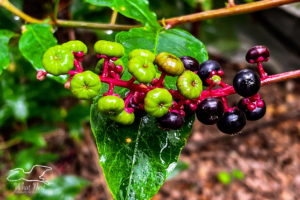The Leaf Footed Bug Has a Beautiful Nymph

One of the distinct disadvantages to living in the woods in an older mobile home is that it’s not very secure against insects. Now don’t get me wrong, I like bugs, but I most definitely prefer them outdoors! I have written about a couple of other bugs that have turned up in my house, and for some reason they seem to really like my bathroom. Actually, I think that they end up in the bathroom because of the light. I have a soft light that stays on in there at night so that I don’t kill myself tripping over a dog or a cat at 4 am, when I get up to let the dogs out. Well, last week I found yet another interesting bug in the bathroom. It was pretty small and pretty active, so I took some photos and then caught it in a cup and put it outside. It was definitely kind of weird looking, and aside from it definitely being an insect, I wasn’t sure what it was.

PictureInsect to the rescue! I plugged one of the photos into the app, and very quickly ended up with an identification; a leaf footed bug, also called a clown bug or a tip wilter. There are actually nine separate species of leaf footed bugs that live in Florida and there are several ways to tell the various adults apart, but my little bug was actually a nymph, and grossly the nymphs all look pretty similar. And in fact, nymphs also closely resemble assassin bugs, so it is important to know what you are dealing with. The reason I say that is because leaf footed bugs eat plants and some of the plants they like are crops and ornamentals. They usually occur in relatively small numbers and cause minimal damage, but occasionally they can cause significant crop damage, especially in citrus crops and in pecans. They are also known to feed on roses, crepe myrtle, and hibiscus. Wild plants that they feed on include thistle, goldenrod, and jimson weed. Assassin bugs, on the other hand, eat other insects, and especially pest species like leaf footed bugs!

Leaf footed bugs have a fairly wide range running from New York south through Florida, Mexico, Guatemala, and Costa Rica. It can be found west into Texas and even Southern California. There have also been reports of them in the northern parts of South America. They are known as leaf footed bugs because of the wide, flat protrusions that they have on the lower parts of their legs. The nymphs don’t have these, but if you look closely at this nymph you can see them starting to develop as wide, black areas just above the feet. That, and the fact that the body is black (they hatch out red), tells me that this is an older nymph that is probably close to becoming a young adult. I don’t have citrus, pecans, or a vegetable garden, so I don’t have any regrets about releasing this little bug. Even if I did, I probably would have released it since they generally cause only minor damage, and I definitely don’t have loads of them around since I had never seen one before. When it comes to most wild things I prefer to live and let live.





Recent Comments